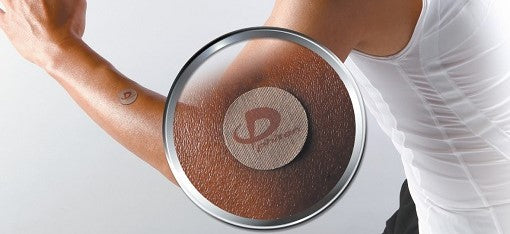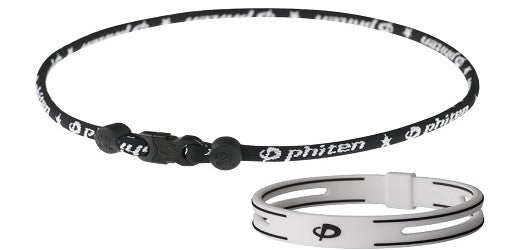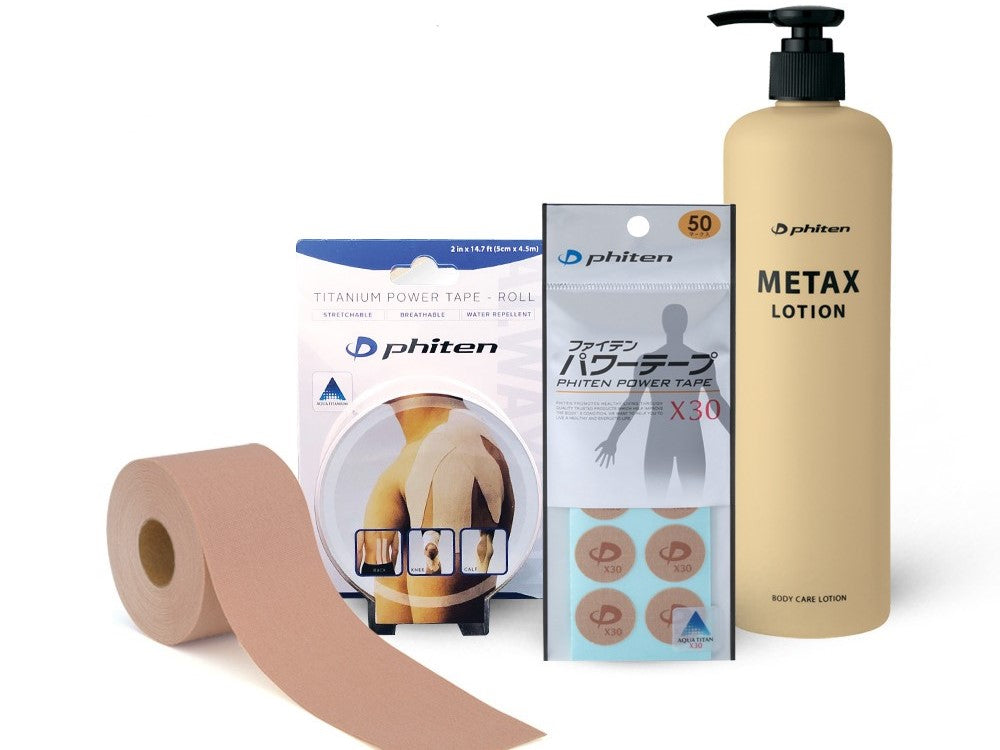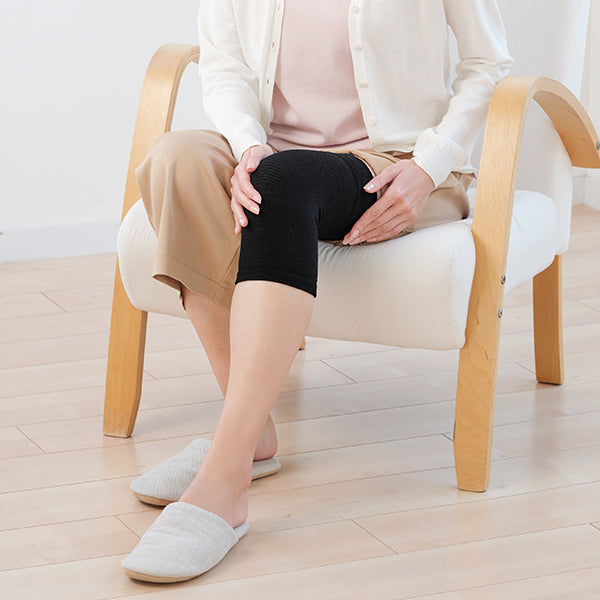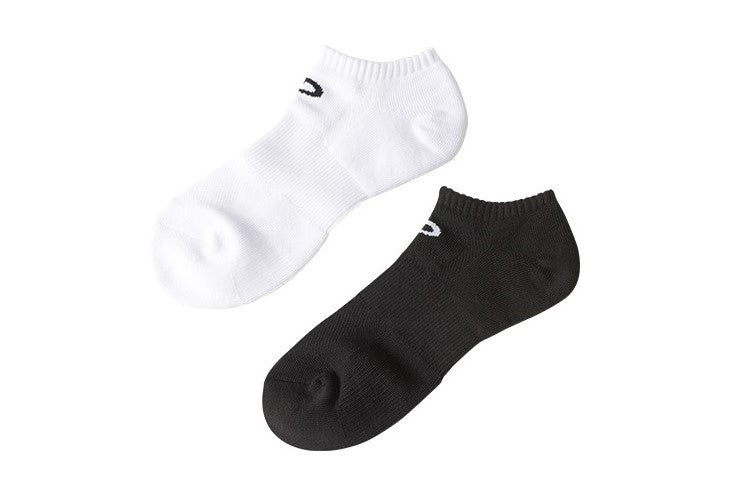Elbow Bursitis: Key Insights
Hello, Valued Phiten Customers,
Welcome to another edition of our elbow pain series. Have you ever experienced swelling or discomfort at the tip of your elbow? You might be dealing with Elbow Bursitis, also known as Olecranon Bursitis. This week, we’re here to provide you with valuable information on this condition that can disrupt your daily routine and limit your elbow’s range of motion. Let’s uncover what Elbow Bursitis is, explore its causes and symptoms, and discuss effective management strategies.
Understanding Elbow Bursitis
Elbow Bursitis occurs when the bursa - a small fluid-filled sac located at the tip of the elbow - becomes inflamed. The bursa acts as a cushion between the bones and soft tissues, allowing smooth movement of the elbow. Inflammation of this bursa leads to pain and swelling.
Causes of Elbow Bursitis
Elbow Bursitis can result from various factors, including:
- Repetitive Pressure: Frequent leaning on the elbows, such as on hard surfaces, can irritate the bursa over time.
- Trauma: A direct blow to the elbow can cause the bursa to become inflamed.
- Infection: If a cut or scrape near the elbow becomes infected, the infection can spread to the bursa.
- Medical Conditions: Conditions such as rheumatoid arthritis and gout can increase the risk of bursitis due to inflammation.

Symptoms of Elbow Bursitis
- Swelling at the tip of the elbow
- Pain and tenderness, especially when pressure is applied
- Redness and warmth if the bursa is infected
- Limited range of motion due to swelling
Prevention and Management
Effectively managing and preventing Elbow Bursitis involves a combination of protective measures, therapeutic exercises, and medical treatments. Here are some key strategies:
- Activity Modification: Avoiding activities that put prolonged pressure on the elbows. Use padding or cushions when leaning on hard surfaces.
- Rest and Ice Therapy: Resting the affected elbow and applying ice packs can help reduce swelling and pain. Use ice for 15-20 minutes several times a day.
- Compression: Using an elbow pad or compression bandage can help reduce swelling and provide support.
- Elevation: Keeping the elbow elevated can help reduce swelling, especially after an injury.
- Medications: Over-the-counter pain relievers, such as non-steroidal anti-inflammatory drugs (NSAIDs), can help manage pain and inflammation.
- Aspiration: In cases where there is significant swelling, a healthcare professional may drain the bursa to reduce pressure and pain.
- Antibiotics: If an infection is present, antibiotics will be necessary to treat the underlying infection.
- Physical Therapy: Working with a physical therapist can provide exercises to maintain range of motion and strengthen the muscles around the elbow.
- Protective Gear: Wearing elbow pads during activities that put pressure on the elbows can prevent further irritation.
We hope this guide to Elbow Bursitis provides valuable insights into recognizing and managing this common elbow condition. Look out for our next newsletter, where we'll explore another important aspect of elbow health.
Stay informed, stay healthy,
Disclaimer:
Please note that the information provided in this newsletter is for educational purposes only. It is not intended as a substitute for professional medical advice, diagnosis, or treatment. Always seek the advice of your physician or other qualified health providers with any questions you may have regarding a medical condition. Individual cases may vary, emphasizing the importance of personalized medical advice.


